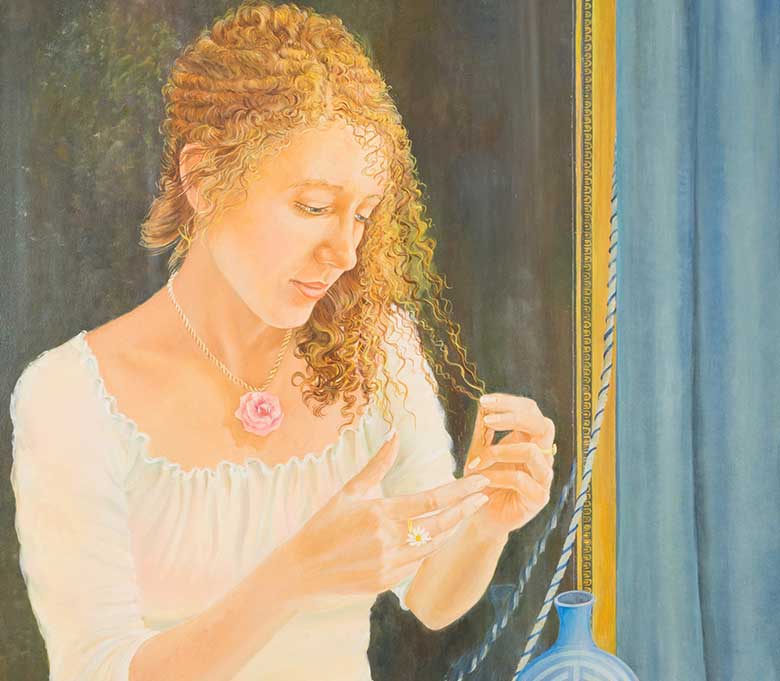OIL PAINTING
Vitruvius (1st century BC) and Pliny the Elder (1st century AD) already knew oil painting.
In 1100 Theophilus Presbyter created an interesting recipe book to improve the composition of colors and in 1400 the Flemish painters perfected this new and miraculous way to colour.
This new technique first spread in Flanders, later in Italy in Urbino, Ferrara, Naples, Rome and Venice.
Antonello da Messina knew the Flemish painting and introduced its technique in Italy. The support for oil painting is almost always canvas.
Other supports are paper, carton, wood, marble, stones, glass and clothes.
Colors might be laid in fine veils or in lumps in order to achieve a particular effect on the surface of the painting.
The natural turpentines, while diluting the colors, enhance a greater color range as well as the smoothness of the brush stroke.
The linseed oil, representing the most common bonding agent, makes the colour soften and easier to spread, therefore promoting brilliant surfaces with games of transparency.


